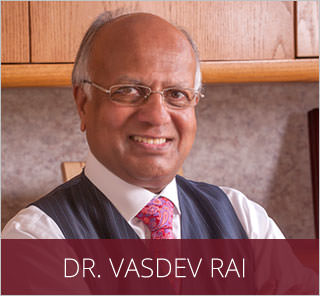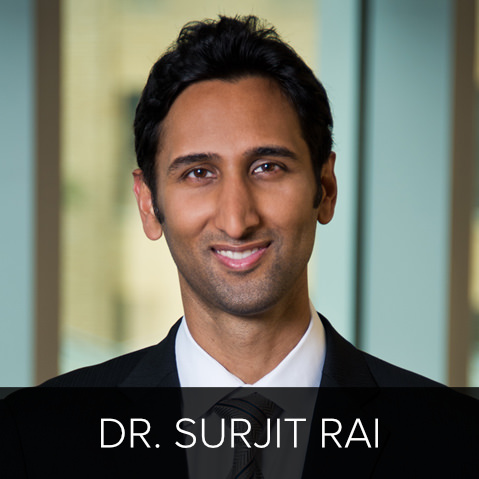How do Sunscreens and Sunblocks Work?
Sunshine has three types of ultraviolet (UV) radiation – that is, beams that are beyond the violet end of our visible spectrum:
- UV-A – that pierces below the skin surface and leads to sun damage and skin cancer;
- UV-B – that burns and tans your skin; and
- UV-C – that does not reach our skin because the earth’s atmosphere absorbs it. Sun protection therefore need only concern itself with UV-A and UV-B rays.
Sunscreens
Sunscreens filter the ultraviolet radiation with a combination of organic and inorganic chemicals. Some radiation still reaches below the skin surface but not all of it. A sunscreen can use any of these organic molecules to absorb UV rays:
- PABA (para-aminobenzoic acid) – which absorbs UVB rays. PABA began to be used in the 1970s but was found to cause some allergic reactions (in about four percent of the population) and now is not used so often. It has the advantage of adhering well to the skin surface so that it is not easily rubbed or washed off.
- Cinnamates – which are the most often-used ingredients for UVB absorption; they also stabilize other chemicals and make them more water-resistant.
- Benzophenones – which absorb UVA rays; but one of them, oxybenzone, is thought to be toxic by the Environmental Working Group (EWG) in Washington, D.C. It has not had a safety review since the 1970s.
Sunblocks
Sunblocks do not filter the light – they scatter it and prevent it from penetrating the skin at all. They work against both UV-A and UV-B radiation and the effective ingredient is usually zinc oxide or titanium oxide as reflective particles. To prevent the sunblocks from looking white on the skin, as did the “zinc cream” of decades ago, microsized particles of zinc or titanium oxide are used, as they are not visible on the skin.
What is the SPF Level?
The SPF (sun protection factor) number is a multiplier. It tells you how long you can stay in the sun before you get burned. SPF factors relate only to UV-B radiation because UV-A rays do not burn the skin – they cause skin damage and potentially skin cancer. So using a sunscreen with a high SPF will not protect against those two dangers, only against burning.
SPF factors need to be interpreted based on your own skin’s natural protection – that is, its amount of pigment (melanin). For example, if you know that you can be in the sun for 20 minutes before being burned, an SPF of 10 will allow you to stay out for 10 times 20 minutes which is 200 minutes. That means you need to test your own skin without any sunscreen or sunblock to see how long it takes to get a burn.
SPF numbers are calculated by the product manufacturer based on an assumption that you will apply the product generously. If you apply less than one millimeter’s thickness, the SPF drops.
Most sun protection products indicate on their label whether they offer broad spectrum protection or not – that is, protection from both UV-A and UV-B, or just from one of those. The EWG offers a sunscreen guide on its website to help you choose the best broad spectrum product for yourself or your child.
If, like many, you have already sustained sun damage and would like to learn more about how your skin can be rejuvenated with a chemical peel or a laser resurfacing procedure, please contact cosmetic surgeon in Dallas, Texas today. Dr. Rai will be happy to give you a free consultation.
Dr. Vasdev Rai
 Dr. Vasdev Rai has performed more than 25,000 cosmetic surgeries over his more than 30 years in practice as a Dallas plastic surgeon. He is a board-certified plastic surgeon who was first certified by the American Board of Plastic Surgery in 1983. Learn More...
Dr. Vasdev Rai has performed more than 25,000 cosmetic surgeries over his more than 30 years in practice as a Dallas plastic surgeon. He is a board-certified plastic surgeon who was first certified by the American Board of Plastic Surgery in 1983. Learn More...
Dr. Surjit Rai
 Dr. Surjit Rai was born and raised in Plano, Texas. Being the son of a plastic surgeon, Dr. Rai had the unique opportunity to see first-hand the impact a plastic surgeon can have. He knew at a young age that he would dedicate his life and academic career towards the goal of becoming a plastic surgeon. Learn More...
Dr. Surjit Rai was born and raised in Plano, Texas. Being the son of a plastic surgeon, Dr. Rai had the unique opportunity to see first-hand the impact a plastic surgeon can have. He knew at a young age that he would dedicate his life and academic career towards the goal of becoming a plastic surgeon. Learn More...
